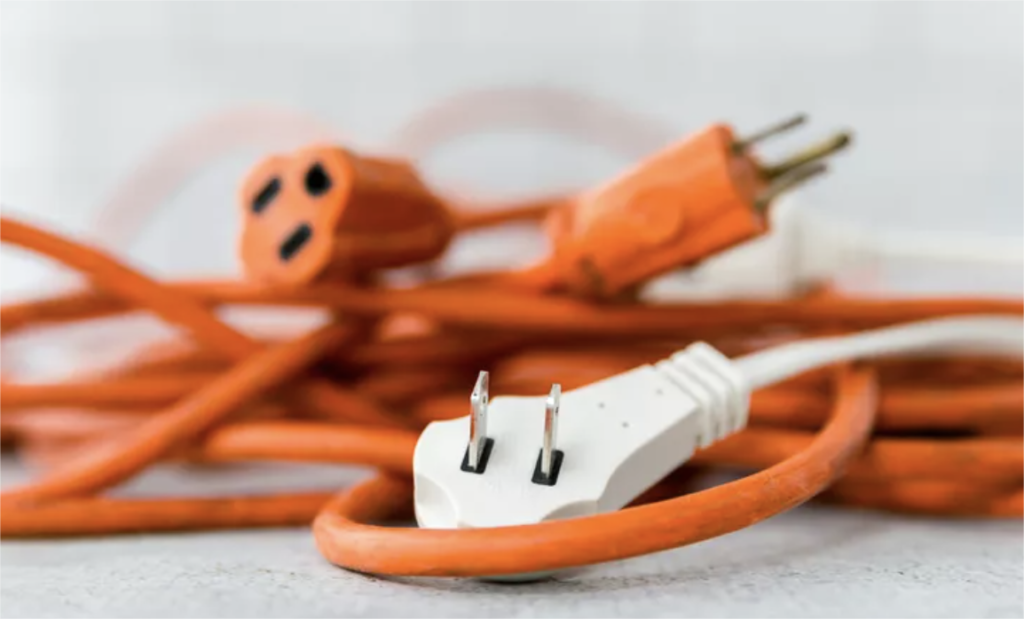Are Extension Cords Safe?
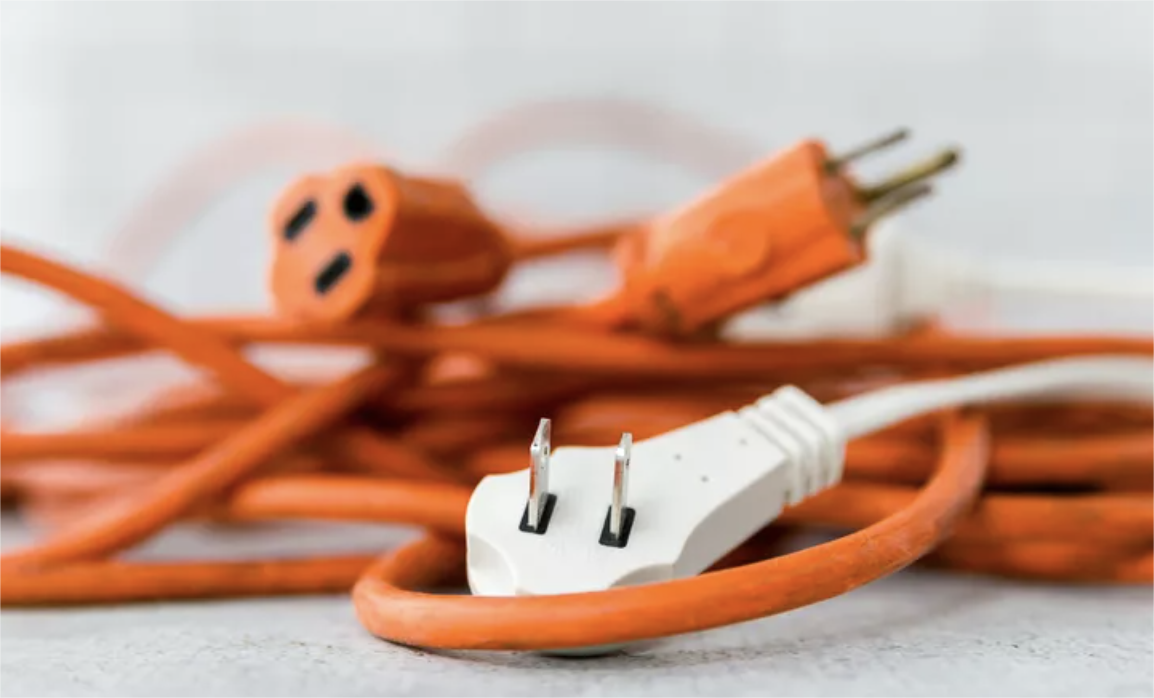
Many of us rely on extension cords for day-to-day tasks, whether powering tools in the garage or plugging in an extra device in the living room. But are they always safe?
Extension cords can be perfectly safe when used properly and within their load limits. However, overlooking their capacity or handling them carelessly can lead to overheating, shorts, or even fires. By choosing the right cord and following a few precautions, you’ll minimize risks and power your devices without worry.
(transition paragraph…max 30 words.)
Let’s dig into the common hazards, how to select a suitable extension cord, and the specific precautions you need—whether you’re indoors or working outside.
What Are the Most Common Risks Associated with Extension Cords?
Incorrect usage—like daisy chaining cords or running high-wattage tools on a thin cord—poses real safety threats. These include overheating, cord damage, and higher chances of electrical fires.
Overloading a cord that’s not designed to handle certain wattages leads to heat buildup in its wires. If left unchecked, insulation may melt, creating a direct fire hazard. Frayed or cracked cords also invite electrical arcing, potentially sparking ignition if they contact flammable materials. Even everyday wear—like pinching cords under heavy furniture—can degrade their insulation. Staying aware of these issues and frequently inspecting your cords helps prevent the most common mishaps.
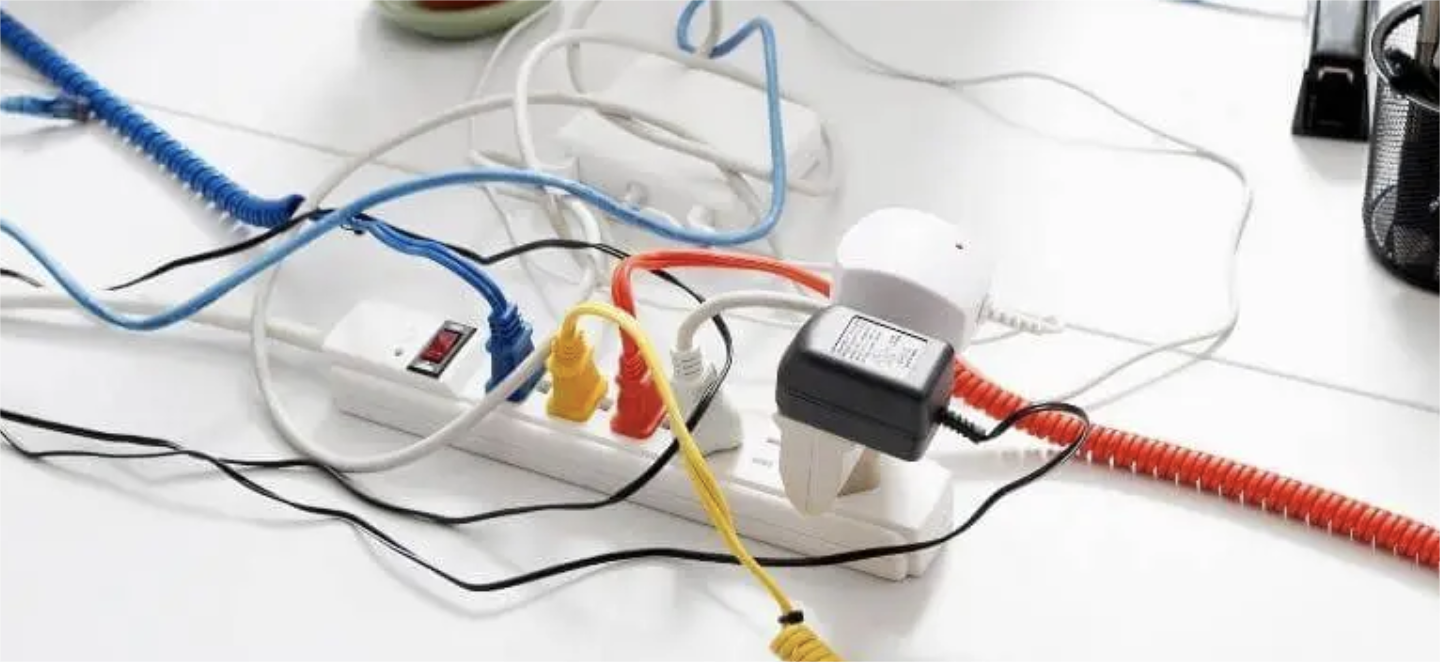
Extension cords are convenient solutions for reaching devices positioned far from outlets, but they carry inherent risks if used improperly. Overheating is perhaps the most concerning. When a cord’s rated amperage is exceeded by the total load of connected devices, the cord’s copper (or aluminum) conductors heat up beyond safe levels. Over time, this can degrade the insulation, making it brittle or even melting it. The exposed wire then becomes a source of direct electrical contact.
Physical Damage
Repeatedly bending or treading on a cord weakens its outer jacket and, eventually, the inner conductors. Once the copper is exposed, any contact with metal or liquids can trigger a short circuit1. Placing cords under carpets might seem neat, but the lack of ventilation accelerates overheating2 if the load is heavy.
Arcing and Sparks
If a cord is partially pulled out of a socket or there’s a loose connection, arcing can occur. These tiny sparks generate intense heat in concentrated spots. If near curtains, sawdust, or other flammables, it’s a prime ignition source.
Fire Hazards
About half of extension cord-related fires come from overload or short circuits. The rest arise from physical damage and improper usage (like daisy-chaining multiple cords). Using cords rated for your specific power needs and regularly checking for wear can drastically cut these dangers.
In short, extension cords aren’t inherently unsafe—they simply demand respect for their load limits and a bit of basic care. If you notice warmth, discoloration, or cracks, it’s time to replace the cord before problems intensify.
How Can You Choose the Right Extension Cord for Your Needs?
Selecting the proper cord involves matching the cord’s gauge and amperage rating with your devices’ total load. Buying a cheap, thin cord might be tempting, but it can’t always handle heavier appliances.
Look for UL, CE, or ICE certifications indicating the cord meets industry standards. Check the wire gauge—lower numbers (12 or 14 AWG) mean thicker wire, better for high-wattage tools. A shorter cord with proper gauge usually handles current more efficiently than a long, thin one. Also consider features like three-prong plugs, which include a ground for added safety. By closely matching your cord’s specs to your device’s demands, you’ll avoid heat issues and sudden shut-offs.
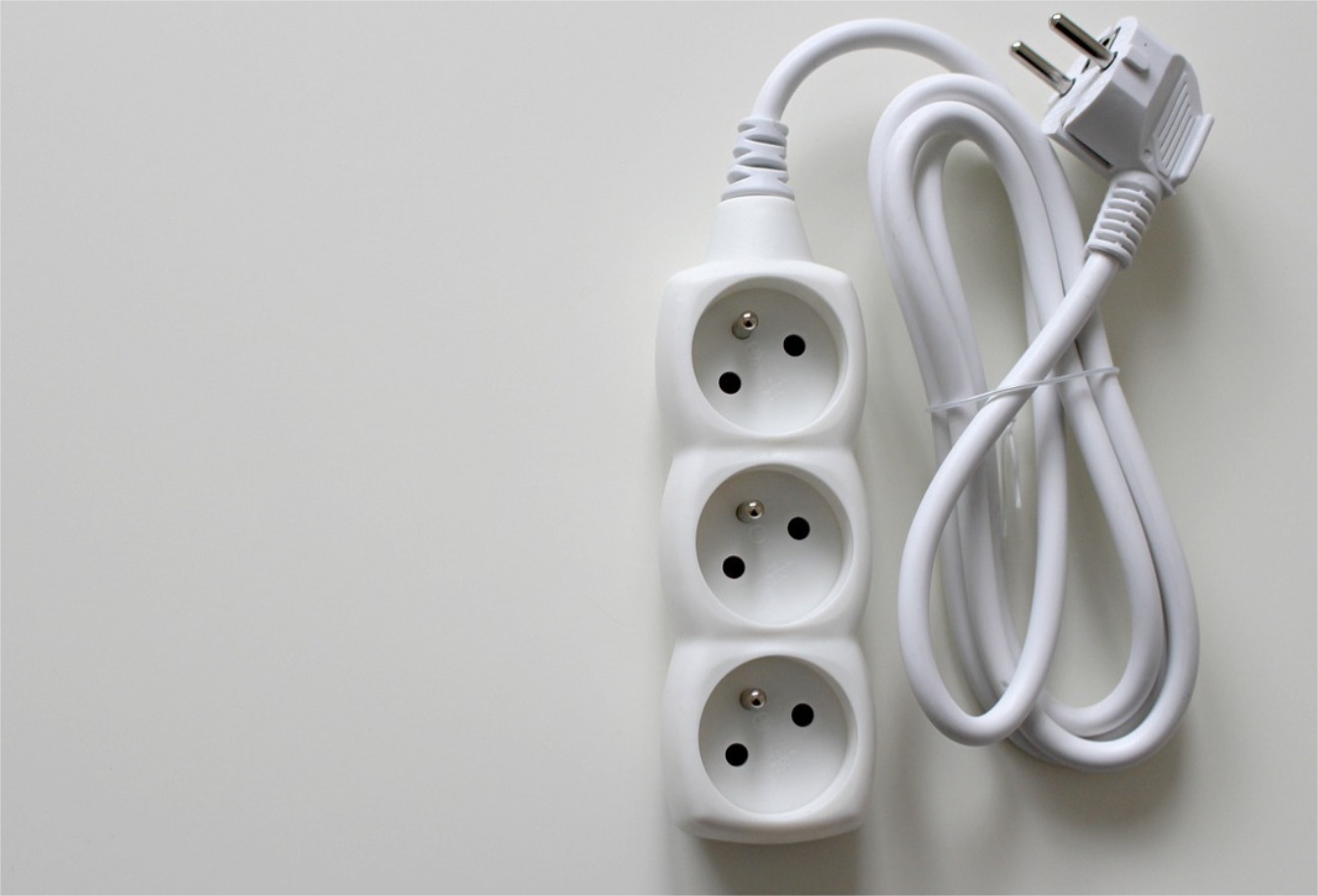
When faced with a wall of extension cords in your local hardware store, how do you pick the right one? Step one is checking the gauge (often printed on the cord jacket). Common indoor cords might be 16 AWG, suitable for moderate loads like lamps or small electronic devices. If you plan to power heavier tools—a circular saw or air compressor—12 or 14 AWG is safer, ensuring minimal voltage drop and less heat buildup.
Voltage and Amperage Ratings
In many countries, cords are rated around 10A or 15A at standard household voltages (e.g., 120V in North America, 230V in Europe). If your tool or appliance demands more than that, you risk immediate breaker trips or overheated wiring. Double-check the label: for example, a vacuum cleaner might pull 12 amps, so a 10A-rated cord3 is insufficient.
Length Considerations
Long cords mean more wire resistance, which can lower the power delivered and cause extra heat. If your job needs length, pick a heavier gauge to compensate. Some cords have built-in reels4 for convenience; just ensure you fully unwind them when used at higher loads, as coiled wires trap heat.
Special Features
- Grounded Plugs: Two-prong cords lack a grounding wire; three-prong versions add another layer of safety.
- Weather Resistance: Certain cords have thick jackets for outdoor environments.
- Surge Protection: Some extension cords include built-in circuit breakers or surge suppressors.
Remember: a slightly pricier cord rated for heavier loads often outlasts and outperforms a cheap, thinner version. In the long run, investing in the right gauge and safety features pays off in both performance and peace of mind.
What Precautions Should You Take When Using Extension Cords Indoors?
Indoor usage calls for thoughtful placement, load management, and regular inspections to prevent accidents like tripping hazards or hidden overheating.
Avoid covering cords with rugs or tucking them under furniture—this traps heat and leads to wear. Use cords temporarily, not as permanent wiring; if you need long-term solutions, install additional outlets or professional wiring. Inspect for cracks or pinched sections. Also, keep cords away from places where pets might chew them. Regularly confirm the cord isn’t warm to the touch, especially if powering multiple devices at once.
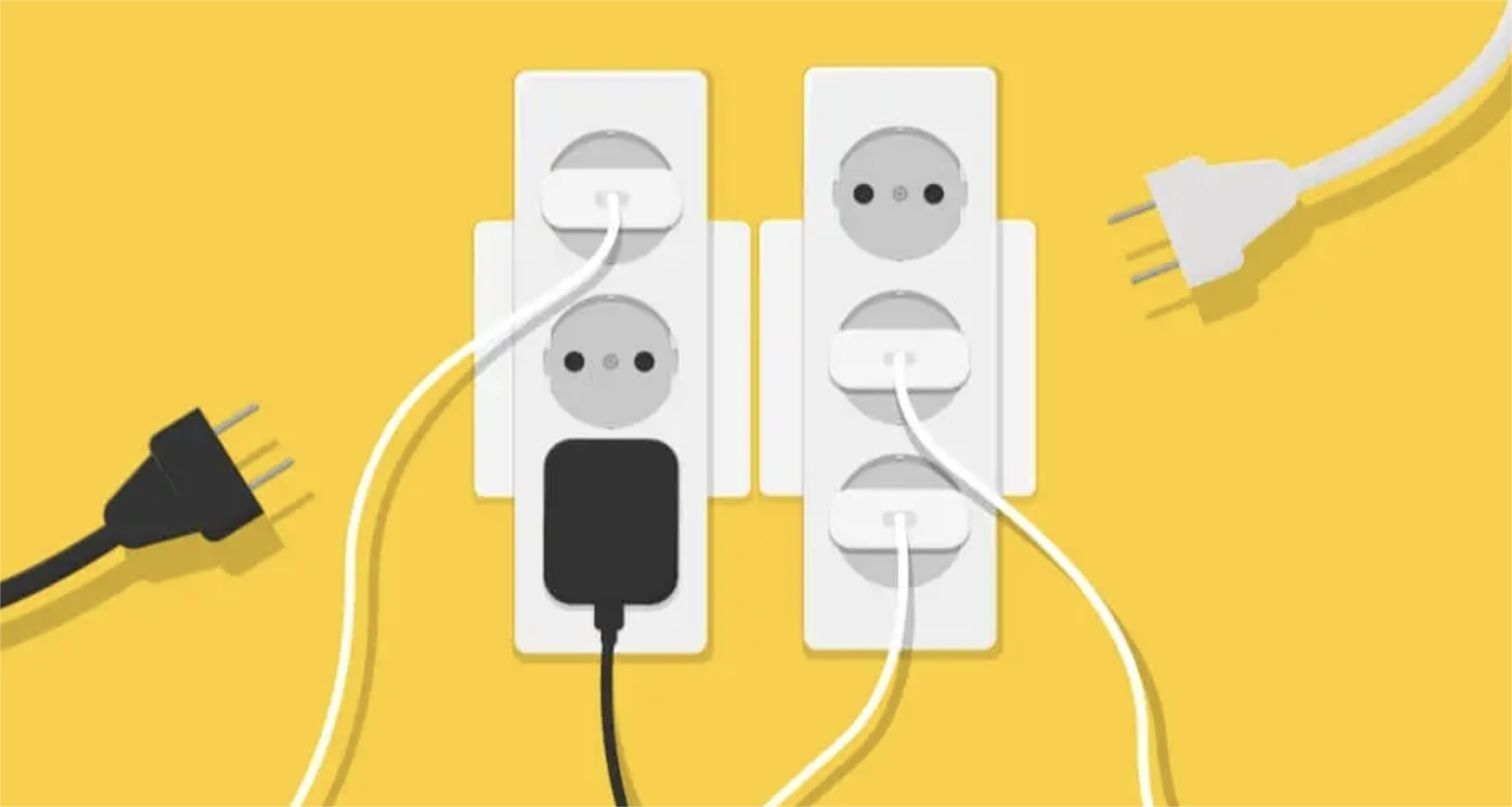
It’s easy to get complacent when using extension cords indoors. Because they’re less exposed to weather, we assume they’re automatically safer. Yet many home fires start because an indoor cord was quietly overheating under a stack of magazines or was frayed from constant foot traffic.
Avoid Pinch Points
Placing a sofa leg on top of a cord or wedging it behind cabinets can slowly crush the insulation. Even if the copper strands remain intact, the compromised jacket invites moisture or dust buildup5. Over time, this raises the risk of sparks.
Keep Clear Walkways
Loose cords can trip people or get yanked accidentally, stressing the plug ends. Using cord organizers or adhesive clips along baseboards not only tidies up the space but also reduces strain on the cord connections.
Shorter Durations
Using extension cords as a permanent solution—like continuously running a fridge on one—is discouraged. If your layout demands it, consider adding an outlet where you need it. Constant high-load usage is best handled by direct wiring or a dedicated circuit.
Inspect Often
Take a moment each week or month to feel the cord and check for damaged insulation or hot spots6. If the cord feels noticeably warm or you see blackened areas, stop using it immediately and either replace it or distribute the load differently.
Indoor cords usually lack the heavy-duty coating found on outdoor versions, so they’re more prone to everyday wear. Staying vigilant keeps your home safe from hidden electrical threats while ensuring you have power right where you need it.
Are Outdoor Extension Cords Really Different from Indoor Ones?
Yes—they feature tougher insulation, weather resistance, and often thicker gauges to handle higher loads or temperature extremes. Using them indoors can be overkill, but reversing the roles might be risky.
Outdoor cords typically have rugged jackets that resist moisture, UV rays, and abrasion. If you’re running power to a lawn mower, a pressure washer, or holiday lights, you need that extra durability. An indoor cord outdoors, however, can fail quickly under rain or sun exposure. The materials simply aren’t designed to stave off moisture or temperature swings, potentially exposing live wires over time.
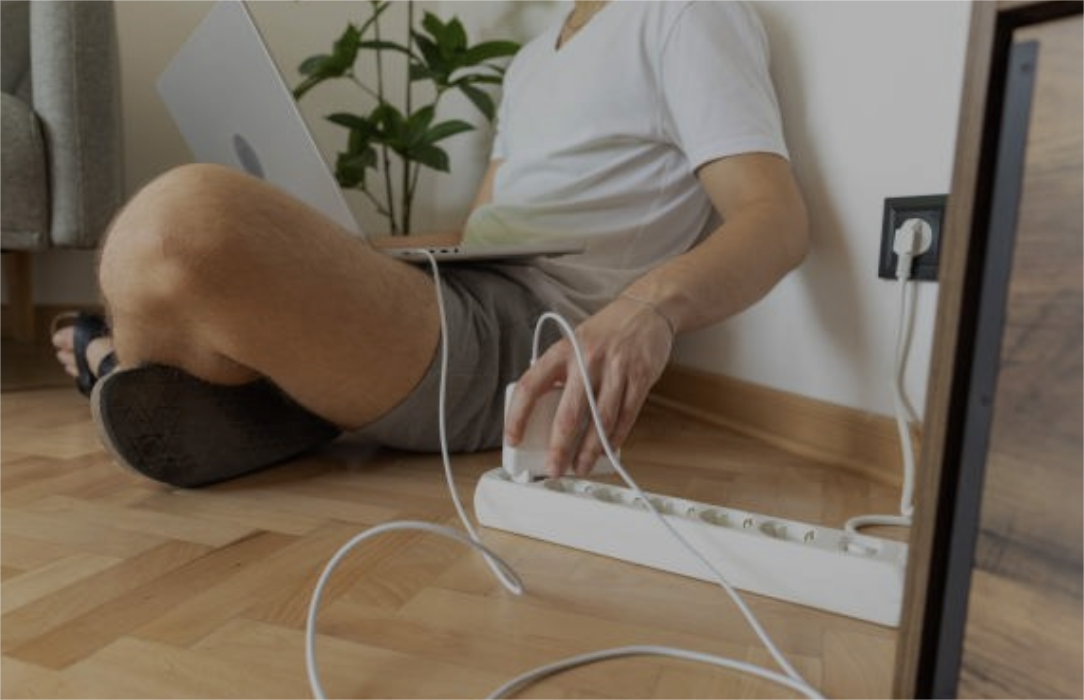
Even if it’s tempting to take a spare indoor cord for a quick backyard project, the design differences are substantial. Outdoor extension cords (often labeled “SJTW,” “SJEOW,” or similar) feature specialized thermoplastic or rubber insulation that can withstand direct sunlight, moisture, and temperature swings without cracking.
Water Resistance
Water is the biggest threat for cords outside. The jacket on an outdoor cord seals tight around the wires, and higher-quality models may include built-in ground fault circuit interrupters (GFCIs)7 to protect against electrocution if water does make contact.
Abrasion Protection
Grass, concrete, gravel, or even minor tugs over sharp edges can slice through flimsy indoor insulation. Outdoor cords incorporate tougher materials that resist cuts or friction8. This is crucial if you’re dragging a cord around for yard work or under a garage door.
Approved for Damp Areas
Many indoor cords don’t hold up to humidity. They’re prone to mold or fungus if left damp for extended periods, leading to insulation damage. Outdoor cords, on the other hand, have coatings that repel moisture and resist mildew or fungal growth.
While you can safely use an outdoor cord indoors in most cases, it might be bulkier than necessary. The real danger lies in using indoor cords outside, where every scratch, puddle, and ray of sunlight accelerates wear. Splurging on the correct outdoor cord means you avoid short circuits, equipment damage, or even injuries from a sudden electrical fault in wet conditions.
Conclusion
Extension cords can be perfectly safe if chosen wisely and treated with care. Stick to the right gauge, avoid permanent or high-load setups, and inspect cords regularly. If you need constant power in one spot, it’s worth installing dedicated outlets or upgrading to a heavier-duty solution.
-
Understanding the causes of short circuits can help prevent electrical fires and ensure safety in your home or workplace. ↩
-
Preventing overheating in electrical cords is crucial for fire safety and prolonging the lifespan of your electrical devices. ↩
-
Understanding the risks can prevent potential hazards like breaker trips or overheated wiring, ensuring safety and efficiency. ↩
-
Learning best practices ensures you use built-in reels safely, preventing heat trapping and maintaining cord integrity. ↩
-
Understanding the risks of compromised insulation can help prevent electrical hazards, ensuring a safer home environment. ↩
-
Regular inspection of electrical cords can prevent potential fires and ensure the longevity of your electrical devices. ↩
-
Understanding GFCIs can help you ensure safety and prevent electrocution in wet conditions, making it essential for outdoor electrical safety. ↩
-
Exploring the importance of durable materials in outdoor cords can help you choose the right product for longevity and safety in harsh environments. ↩

